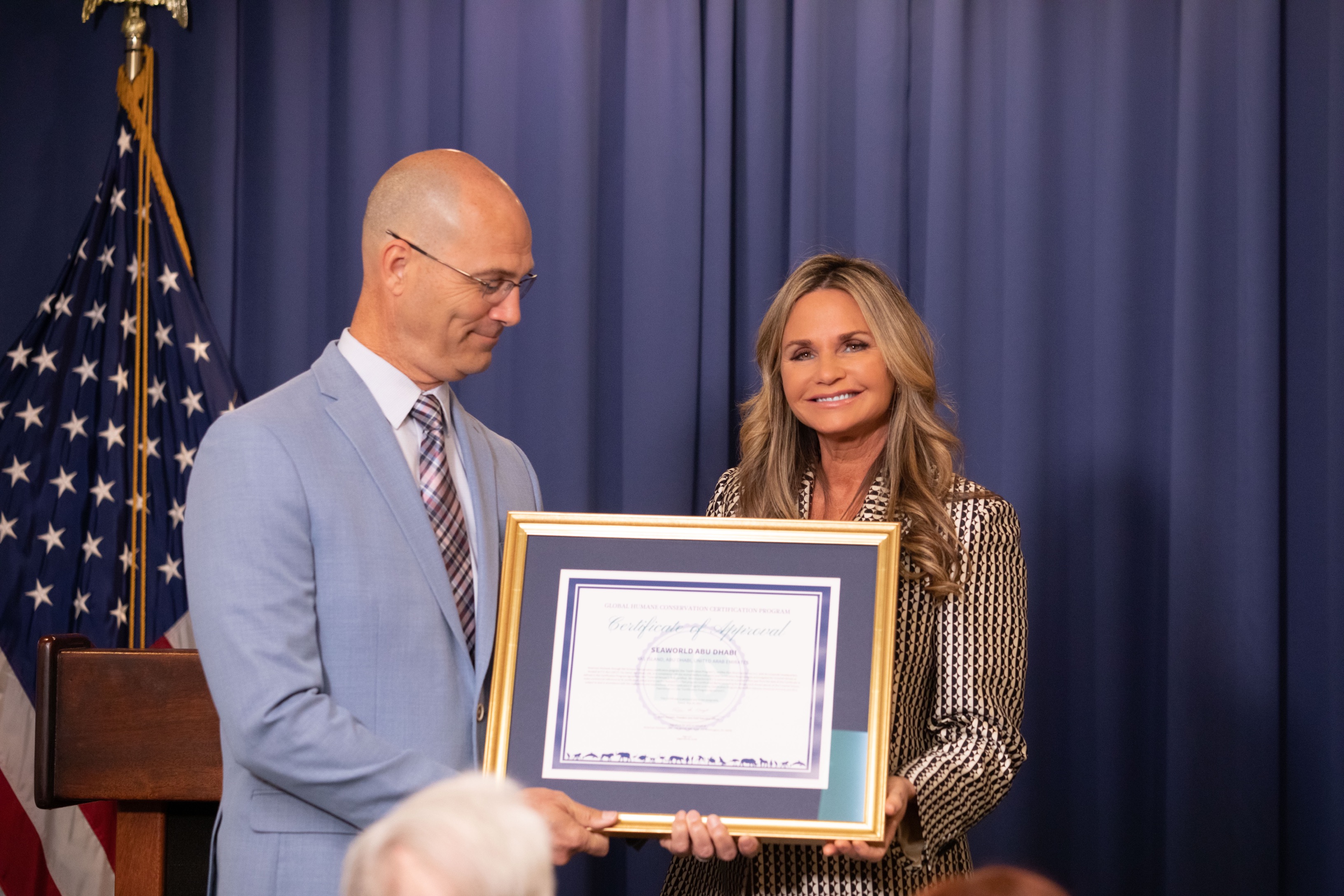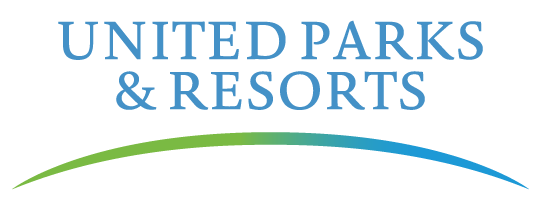What it Takes to Become Humane Certified

Yesterday, Global Humane – part of American Humane, the world’s largest certifier of animal welfare - announced that SeaWorld Abu Dhabi and Yas SeaWorld Research & Rescue were both receiving certification. The park, which officially opens on May 23, will be the first in the Middle East – North African (MENA) region to receive this prestigious certification. The two facilities will join SeaWorld Orlando, San Antonio, and San Diego – which are American Humane Certified.
But what does it mean to be Global or American Humane certified?
What is the difference between Global Humane and American Humane?
American Humane is the country’s first national humane organization and the world’s largest certifier of the welfare and humane treatment of animals. They have developed science-based standards for the humane care of animals in zoos, aquariums, and conservation parks with help from independent, respected veterinarians and experts in the fields of animal welfare, animal science, zoology, and ethics. Global Humane is the international brand of American Humane and certifies facilities outside of the United States.
What is the process for becoming Humane Certified?
Any organization wishing to be certified must complete two separate audits: a pre-audit and an onsite audit. During the pre-audit, the organization must share detailed information on the animals in their care, including husbandry and animal care teams, environmental quality processes, physical operations, and much more. Once this process is complete, Humane certifiers will come to the facility for an on-site audit. These certifiers are experts in their fields, independent of American Humane, and are not currently employed by a zoo or aquarium to allow for a truly unbiased evaluation. During the on-site audit, they will perform extensive examinations of the facility and ask detailed questions to confirm that the animals are not only in good condition physically and socially, but have good welfare overall.
What is evaluated during the On-Site Audit?
American Humane certifiers will look at two main elements with rigorous eyes: direct observation of the animals (both individually and in small groups) and indirect indicators to their welfare. During the observation, auditors will examine key welfare factors such as:
- Physical appearance of the animal(s)
- Appropriate individual and group behaviors
- Positive interactions between animals and their caretakers (as well as animals in their social groups)
- Ability for the animal(s) to self-separate
- Physiological metrics
- Appropriate levels of activity and use of space
- Disease and mortality
- Record-keeping practices
- Environmental parameters, (e.g. lighting, shade, sound, temperature)
- Environment, behavioral, and cognitive enrichment
- Staff knowledge and training
- Veterinary procedures
- Husbandry training
- Breeding programs
- Choices for the animals to participate or not
- Safety measures for the animals and the public
Nutrition needs - Food quality and safety protocols
- Consideration of diurnal and seasonal environmental patterns
- Veterinary health plans to recognize and treat adverse medical trends
- Handling of animals in educational and interactive programs
- Emergency protocols
- Training staff on animal interactions
- Use of positive reinforcement in husbandry and training
- Transparency and openness of daily operations and animal care
In addition to the above, there are three essential and non-negotiable criteria that MUST be met in order for an organization to pass the audit. Auditors must not observe any animal abuse or signs of abuse while on-site. A veterinary plan must be in effect, and documentation must be provided to show confirmation of a health plan. Lastly, all staff must be aware of the protocols and procedures of the facility, and must always conduct themselves in a manner that promotes animal welfare.
Once certification is received, the facility in question is expected to maintain high welfare standards and are subject to suspension if they have been deemed to be out of compliance with these standards. Facilities will also be subject to spot checks at any time during the certification period to ensure these standards are continuing to be met.
For more information on certification, click here.
